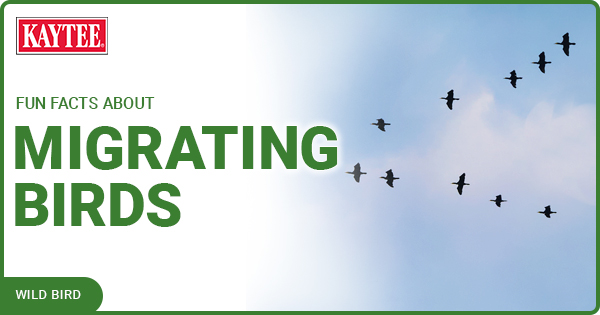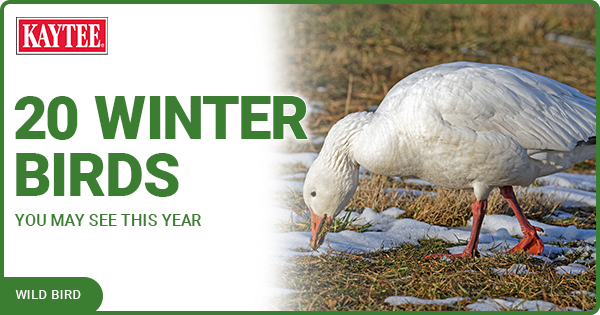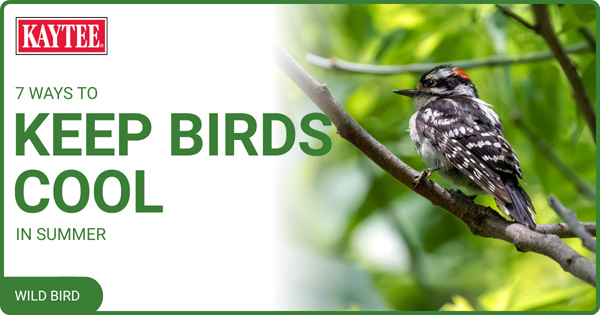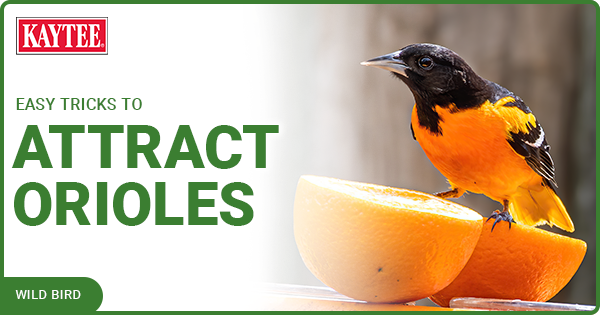How Birds Stay Warm in Winter
The temperatures are dropping, the winds have changed direction, and the first flakes of snow are falling. Heavy coats, gloves, scarves, and thermals are the new wardrobe. Fireplaces are blazing. Feeders on the porch need filling. This brings a seasonal question to mind: How do birds stay warm in the winter? Let us explore avian attributes for cold weather survival.
They're Built For It
Feathers. While we enjoy the dazzling array of colors, feathers are crucial to how birds stay warm in the winter. Found only in avian species (and their distant dinosaur relatives), these masterful structures are grouped into seven unique categories based on form and where they are found on the body.
Feathers act as rain gear, wind protection, and/or insulation. For birds, body heat is trapped in cold weather by their feathers. With a strong binocular zoom, you might see the tiny bristle feathers that protect their face and eyes.
When winter strikes, a nice fluff along with a foot and face tuck increases the feathers' effectiveness.
Shiver. As humans, we are familiar with the use of movement to warm up in cold weather. Birds employ this technique but on a more refined scale. They contract opposing muscle groups in a type of non-trembling shiver to generate heat.
Flow. It is a challenge to keep your avian body temperature at 105°F when the surroundings dip to a wintertime climate. Birds internally cope in a couple of different ways. First, the circulatory systems of some species adjust to keep their internal organs warmed while allowing the temperature in their feet to plummet. Notice how geese, gulls, and others can stand without incident on the ice in winter. The second mechanism, “regulated hypothermia" (a modified version of torpor), occurs in some species to lower body temp at night.
Huddle Up
There is safety in numbers and extra heat, too. A bird’s community is very important for its winter health. Species that might otherwise roost alone might gather when temperatures drop. The preferred sleeping space is in an old woodpecker home, spring nesting boxes, squirrel nests, hanging planter pots, roof eaves, and pretty much any other protected spot. This serves as a major energy saver through the cold winter nights.
For the more solitary avian, such as a woodpecker or a grouse, overnight accommodations can be a quickly drilled sleeping cavity or a den in the snow.
Think It Through
While migration might seem the obvious choice when the winter winds begin to blow, some species are year-round residents in our coldest climates. In addition to the biological mechanisms and social behaviors for keeping warm, birds appear to use a bit of calculus in their choice of winter environments. That equation would require a daily solution to securing calories versus spending them. Will there be enough food in relation to the energy needed to find it?
One species can grow (and later reduce) their brain functions to solve this issue. The black-capped chickadee's hippocampus (the learning and memory area of the brain) adds up to 30% more neurons in the fall. This increases the ability to remember where they stored hundreds of seeds from your feeder.*
Another thoughtful adjustment made by many species during winter is to move to the leeward side of a tree during cold windy days.
In summary, birds possess characteristics and knowledge that they use in a variety of combinations to survive and thrive in the cold winter months.
*Source: Dr. Fernando Nottebohm, The Rockefeller University, New York

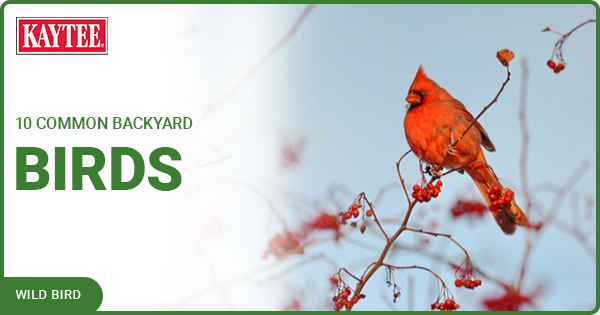



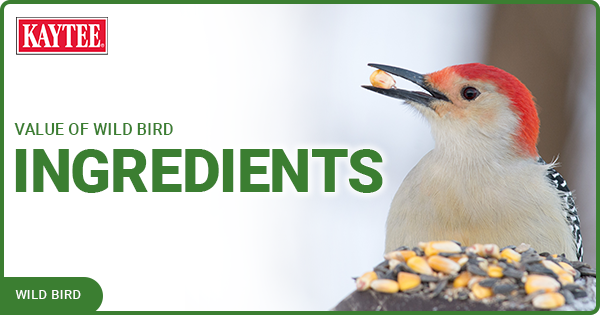
.png?h=315&iar=0&w=600&hash=9C09A701CB4D5CF9B2C5B7FA2DA01F2E)
